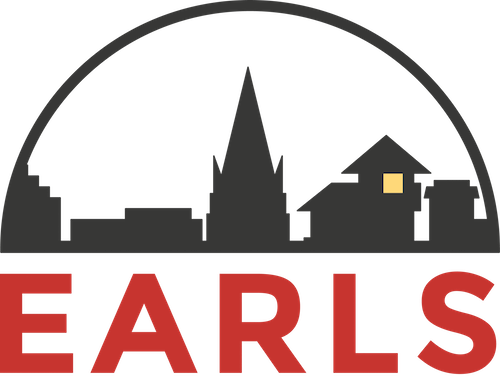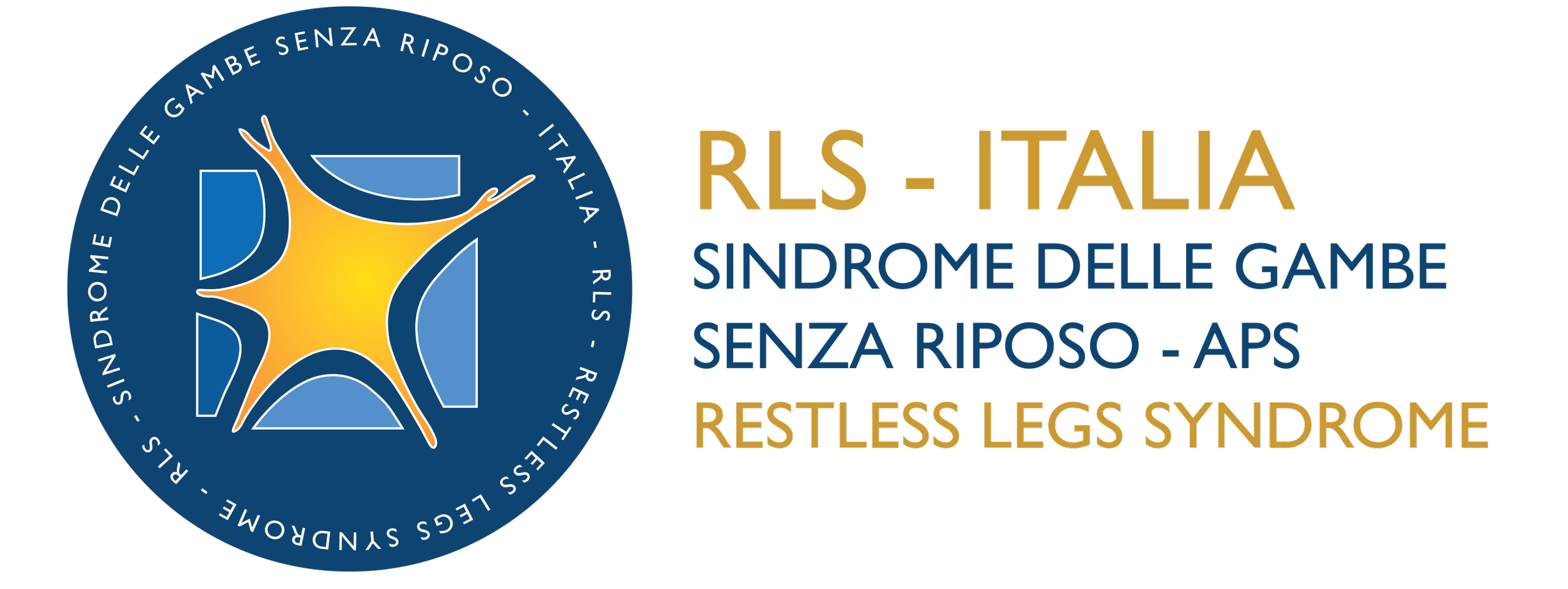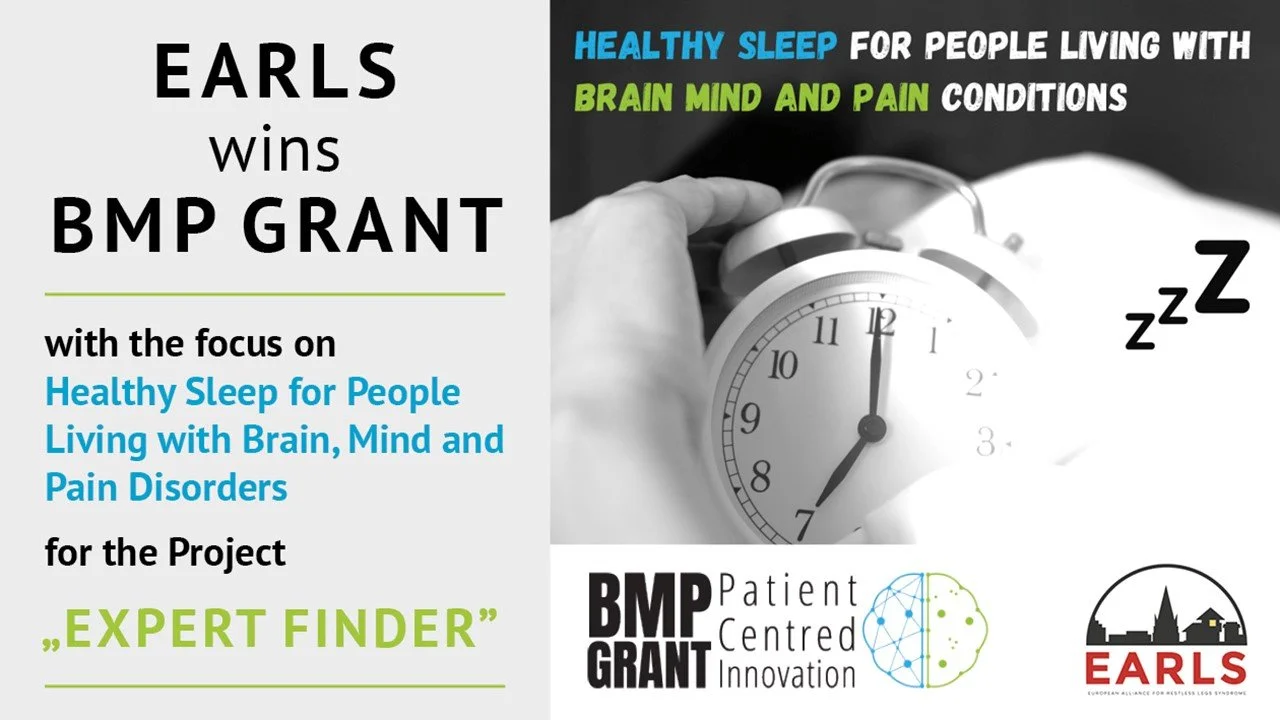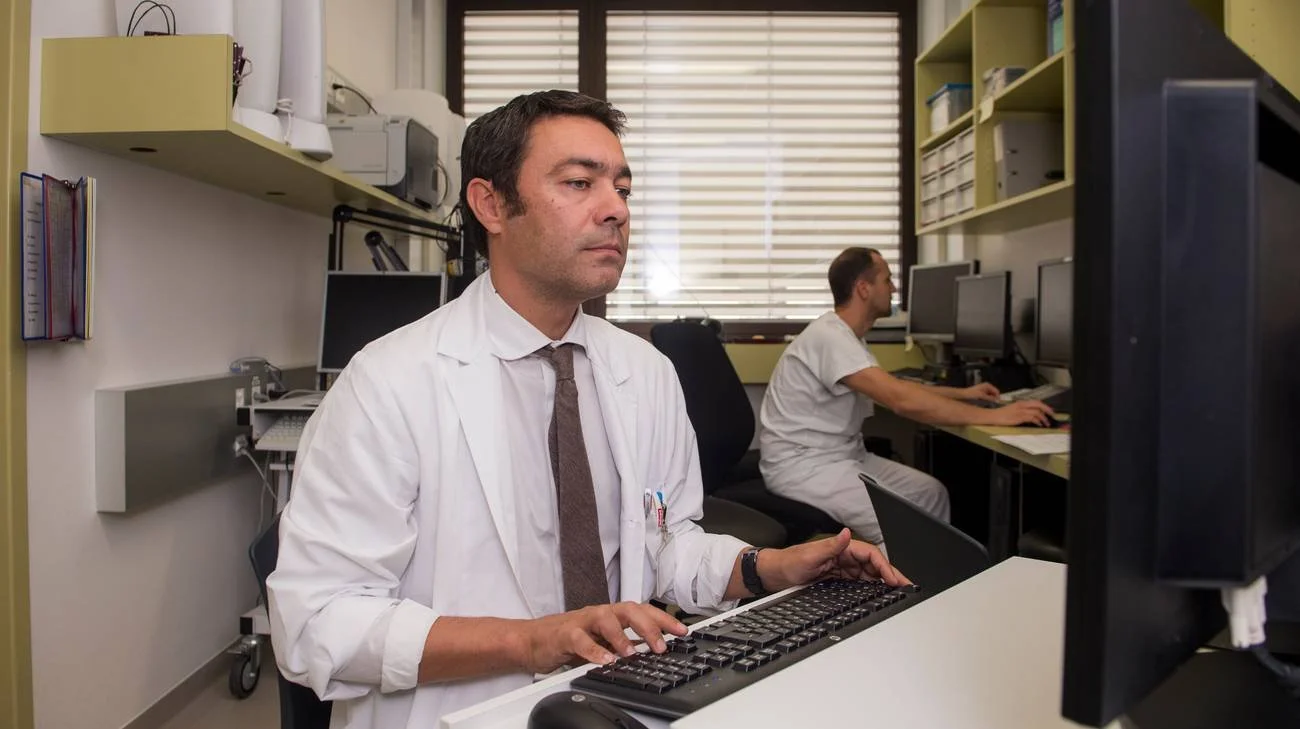The condition was so terrible that I thought about terminating the pregnancy: Marie-Luise, 62, Germany
In my first pregnancy (in 2000), these unpleasant feelings in my legs started to appear during the first trimester at night, accompanied by an irrepressible urge to move. I wanted to sleep, but that was out of the question.
I started looking through the literature and found what I was looking for in one of my books. It was simply called “Women's Book” and dealt with all kinds of topics. There was a small paragraph in it that described my complaints quite well and gave these complaints the name "Anxietas Tibirarum". This was a first relief that my sensations obviously affected several women.
At the next appointment with my gynaecologist, I talked to him about the issue, but for him the symptom description was also completely new. Fortunately, he took my descriptions very seriously and used his possibilities as a qualified gynaecologist to gather information. We then exchanged information at the next check-up visits about who was able to gather which information.
Meanwhile, the quality of sleep had worsened again. I circled the bed until I fell down from tiredness and then stood upright again after 20 minutes at the latest and continued to circle the bed. The movement gave a little relief. Catching up on sleep during the day only worked to a certain extent.
The condition was so terrible that I thought about terminating the pregnancy. However, I was sure that this would not get rid of the disease, because I had known the symptoms in a mild form since childhood, especially on warm nights. Then I constantly turned the blanket so that the slightly cooler side was down.
Through the exchange with the gynaecologist, it was finally clear that a neurologist had to be consulted. The recommended neurologist was a stroke of luck, because he knew the disease, which was now named Restless Legs Syndrome (abbreviated to RLS). He also told me that there was an RLS patient association in Munich.
The neurologist then showed me that RLS is treated with L-dopa or dopamine agonists. Since it was not clear if these medications were in any way damaging to the genetic make-up, they were out of the question for me (at this point I would like to refer to the Contergan problem).
I told a friend of mine, an anaesthetist, about my situation and here, too, a stroke of luck occurred, because years ago he had been involved in a study with Professor T. which showed that opiates also help to get the symptoms under control. Armed with this knowledge, I went back to the neurologist's office and after studying the possible medications in the "Red List" again, I decided that I would take the opioid Tramadol. I discussed it with my gynaecologist, who sent me to a pain therapist for a final assessment. I will never forget the words I heard from the anaesthetist and pain therapist I visited: "Don't do that to your child!” That made me feel deeply insecure at first! Two pain therapists and two completely contradictory statements.
After careful consideration, I decided in favour of Tramadol, because the side effects and risks were quite clear, based on decades of experience alone. This meant that there was a risk of respiratory depression of the child at birth, but the probability was very low. Furthermore, I paid a lot of attention to my digestion and ate a lot of fibre.
The pregnancy went quite smoothly, even though at 40 I was one of the high-risk pregnancies. Due to the circumstances, I decided to give birth at the University Hospital in Ulm. It was going to be a "long" delivery, the time from the first contractions to the actual birth was considerable. So, the doctors suggested a caesarean section. But I really wanted a so-called spontaneous birth (I always smile about this term, because nothing about the delivery was spontaneous). The spontaneous birth was a success, and the baby was immediately checked for " heart and kidneys". Marius was healthy and has remained so until today, at the age of 21.
It was only years after the birth that my mother told me that she also had severe RLS symptoms during her first pregnancy. She then sat down at night at the old treadle sewing machines and often and often slept at her desk during the day at her office job. Very remarkably, she often said that she was so glad that her gynaecologist was strictly against any medication during pregnancy, because at that time Contergan was available as a sleeping pill over the counter at the pharmacy. My mother's next 4 pregnancies then proceeded largely without RLS symptoms. It wasn't until she was over 80 that she developed RLS that absolutely had to be treated.
As I did not want a single child (also because of the painful loss of my youngest sister at the age of 23 to leukaemia) and I now knew that the horror of RLS could be controlled with Tramadol, I also gave birth to a second completely healthy son at the age of 43. Here, too, the birth was normal under the circumstances. The biggest problem was the size and weight of the child with a small pelvis. Niklas weighed a proud 4450 grams.
Finally, I would like to comment on a statement made at a lecture on RLS and pregnancy. The lecture took place at a general meeting of the association and presented an interim status of a large study of RLS and pregnancies. The head of the study was highly impressed by the decision of some of the study participants to terminate their pregnancies. For me, these decisions are quite understandable if one is not shown a way to get the most severe RLS symptoms under control. It is still true: sleep deprivation is a torture!















